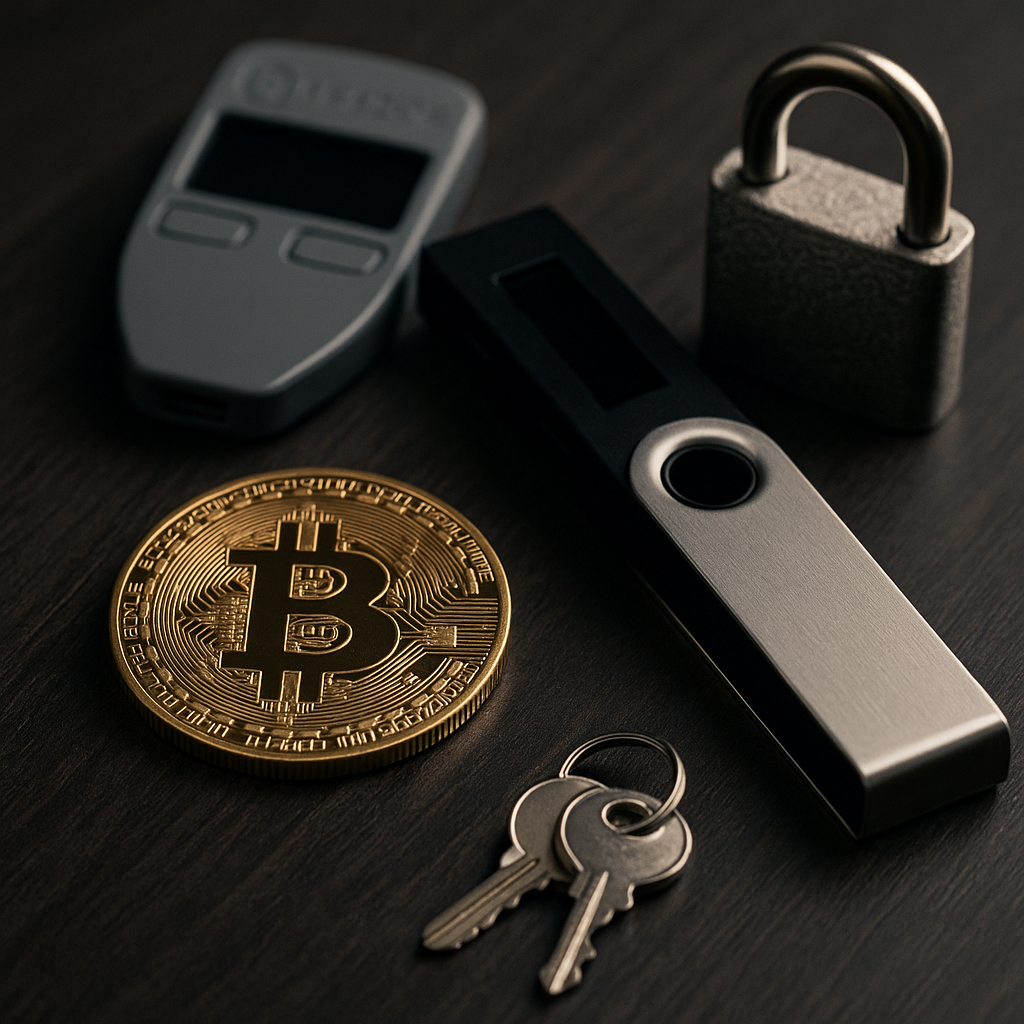Welcome back, kings and degenerates.
Today, we’re not talking about flipping meme coins or chasing that next 100x altcoin—today we’re talking survival. If you’ve got crypto on an exchange right now, you’re doing the digital equivalent of keeping your cash under someone else’s mattress and praying they don’t move out overnight.
Let’s break it down.
💥 Centralized Exchanges Are Honeypots for Disaster
You’ve heard it before: “Not your keys, not your coins.” But let’s put that cliché into real terms.
When you store your crypto on a centralized exchange (CEX) like Binance, Coinbase, or Kraken, you don’t actually own your crypto. What you have is an IOU—and we all saw how that worked out with FTX.
Here’s what could go wrong:
- The exchange freezes withdrawals (regulatory issues, hacks, insolvency).
- They get hacked and your funds disappear into the void.
- They rug you. Straight up. Yes, even the “big ones.”
- Government intervention. Custodians are sitting ducks for regulation.
Your CEX wallet is a rented garage, and someone else has the keys.
🔐 Cold Storage = Real Ownership
If you’re serious about crypto—if you actually believe in decentralization—then you need to take custody of your assets.
Enter: Cold Storage.
Whether it’s a hardware wallet like Ledger Nano X, Trezor Model T, or an air-gapped vault setup that would make James Bond blush, cold storage means no one but you holds the keys.
When your assets are offline:
- No one can touch them.
- No smart contract bugs.
- No API exploits.
- No fat-fingered intern from a centralized office in Singapore deleting your bag.
Just you. And your cryptographic destiny.
🧠 “But I’m Just a Casual Trader…”
Even more reason to get your coins off the exchange.
The myth is that self-custody is only for whales, DeFi devs, or privacy maxis who live off-grid. False.
If you’ve got more than $100 in crypto, that’s more than enough to justify a secure wallet. Why? Because security habits aren’t about amounts—they’re about mindsets.
Getting rugged for $10 hurts more than losing $10 in fiat. You know it. I know it.
⚠️ What You Should Do Right Now
Let’s make this simple:
1. Audit Your Holdings
Check every exchange you use. How much do you really have on them? And why?
2. Buy a Hardware Wallet
If you don’t already have one, get one. Today. Not next week. Not after the bull run.
3. Transfer in Batches
Move your coins off the exchange gradually if you’re nervous. Start small. Learn the process. Then go full fortress mode.
4. Back It Up (Twice)
Secure your seed phrase. Write it down. Store it somewhere safe. Not online. Not in your notes app. Not on Google Drive.
🧙♂️ Bonus Round: Multisig for the Wise
If you’re managing significant capital or working with a team, consider setting up a multisignature wallet. That means it takes multiple keys (held by different people or devices) to move funds.
Think of it as the crypto equivalent of needing two generals to turn the nuclear launch keys.
🎤 Final Word: Be Your Own Bank or Get Robbed by One
If you’re here for the long haul—if you see crypto as more than just a side hustle—then self-custody isn’t optional. It’s foundational.
Trust is broken. Custodians are fragile. Regulation is coming hard. The only certainty in crypto is that no one will protect your assets better than you.
So stop playing the exchange lottery. Be sovereign. Be secure. Be a real crypto bro.
💾 Got a wallet setup you swear by? Want us to compare Ledger vs. Trezor in-depth? Drop a comment or DM us—we’re building a full vault guide next.
Stay frosty, stay decentralized.
— The Team @ CryptoBrosKnows



